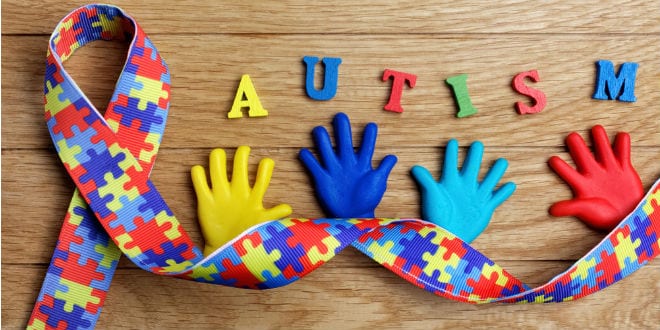A computerized tool for identifying autism symptoms based on a child’s movements in a diagnostic room and his interaction with a clinician has been developed by researchers at Ben-Gurion University of the Negev in Beersheba.
They describe its development is a “milestone in the creation of computerized diagnostic tools to help identify autism and measure the severity of the symptoms of children on the autistic spectrum.
The findings were presented Tuesday at the two-day BrainTech 2019 conference now being held at Tel Aviv’s David Intercontinental Hotel.
Held biennially, it is the fourth International Brain Technology Conference. BrainTech has established itself as a leading global meeting place for the neuro-innovation community, an opportunity to connect and learn about the latest developments in brain research and brain technologies and forge new research collaborations. Among the subjects being discussed are neuro-wellness, digital brain health and therapeutics, brain stimulation and neuromodulation and the computational brain.
The autism-diagnosis system was developed by Prof. Ilan Dinstein of BGU’s psychology department and the university’s National Center for Autism Research, with Prof. Opher Donchin of the biomedical engineering department and students Jan Bodman and Tal Yehezkel.
The tool is based on Microsoft’s Kinect camera technology comprised of a series of motion-sensing input devices. The system was placed in the diagnostic room of the National Center for Autism to document diagnoses of children with autism. A unique algorithm developed by the researchers enabled them to calculate a variety of measures of the interaction between the child and the clinician, such as the distance between them, the direction of the child’s perspective, and the extent to which the child approaches or avoids the clinician.
“Children with more severe autism are usually farther away from the clinician, avoid it more and spend less time looking directly at it,” explained Dinstein. “We found that measuring the child’s movement in the room makes it possible for us to quantitatively identify the severity of the child’s autistic symptoms.”
Developing a new technology to track the severity of the symptoms of children with autism over time is a critical element in the development of treatments for autism,” added Dinstein. “Today, doctors and clinicians are primarily concerned about whether or not the child has autism. The medical staff have little time and ability to accurately measure the severity of the various symptoms a child can have.”
To promote the treatment of autistic children, he continued, “it is our duty to develop tools that can directly measure the severity of his or her symptoms. The tool developed here represents an important step in the ability to measure symptoms in autistic children by monitoring their movements while interacting with other people.”
Source: Israel in the News


